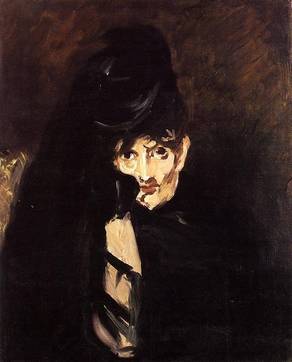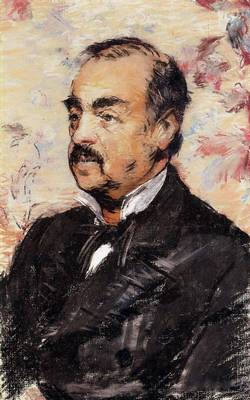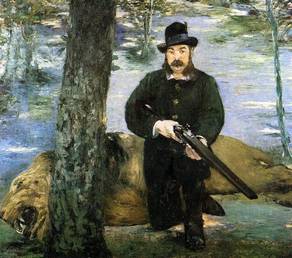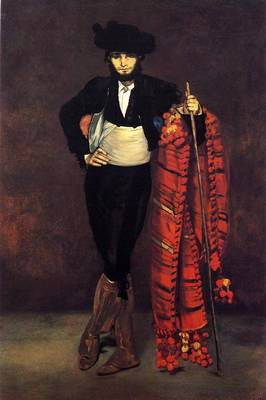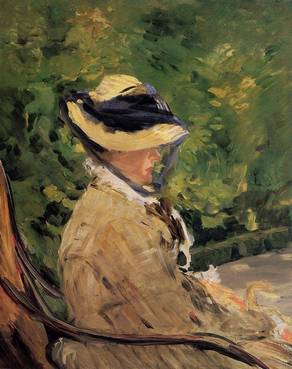
|
|
 |
|||||
Edouard Manet (1832-1883) French Impressionism, Realism | |||||||
Édouard Manet was a French painter. He was one of the first 19th-century artists to paint modern life, and a pivotal figure in the transition from Realism to Impressionism. His early masterworks, The Luncheon on the Grass (Le déjeuner sur l`herbe) and Olympia, both 1863, caused great controversy and served as rallying points for the young painters who would create Impressionism. Today, these are considered watershed paintings that mark the genesis of modern art. A pivotal figure in the transition from Realism to Impressionism, Edouard Manet was an influential painter who left his own unique mark on the art world. As a child, his father was a judge, who wanted him to pursue a career in law, but his uncle, recognizing little Edouard’s talents, encouraged his interest in art, often taking him the Louvre. It was not until Manet failed two entrance exams into the French Navy that his father relented to his son’s wishes and allowed him to start art lessons under the academic painter Thomas Couture, who had him copy the works of the great masters in the Louvre. The young artist was also influenced by Frans Hals, Diego Velazquez, and Francisco Goya. In 1856, in his early thirties, Manet opened his own studio. He began painting in a quasi-realist style, which transitioned to a more Impressionist style when he met the painter Berthe Morisot, who exposed him to her circle of Impressionist painter friends, including Claude Monet, Pierre-Auguste Renoir, and Edgar Degas, and their plein air painting techniques. Many of Manet’s works revolved around depictions of leisure activities, including observations of social life in all of the classes, from bourgeois horse racing to prostitutes drinking, to the streets of Paris and boating scenes, many of which were made from sketches done on the spot. Although his work was Impressionistic, he resisted involvement with any specific style of painting, and thus preferred to present his works to the Salon of Paris rather than the many Impressionist Exhibitions. In 1875, some of his paintings were included in a book-length edition of Edgar Allen Poe’s The Raven and in 1881, he was awarded the Legion of Honor by the French government. Manet died eleven days after the amputation of his left foot due to gangrene, from complications of syphilis and rheumatism, which had been so bad as to cause partial paralysis in the years leading up to his death. |  |
The script ran 0.002 seconds .
